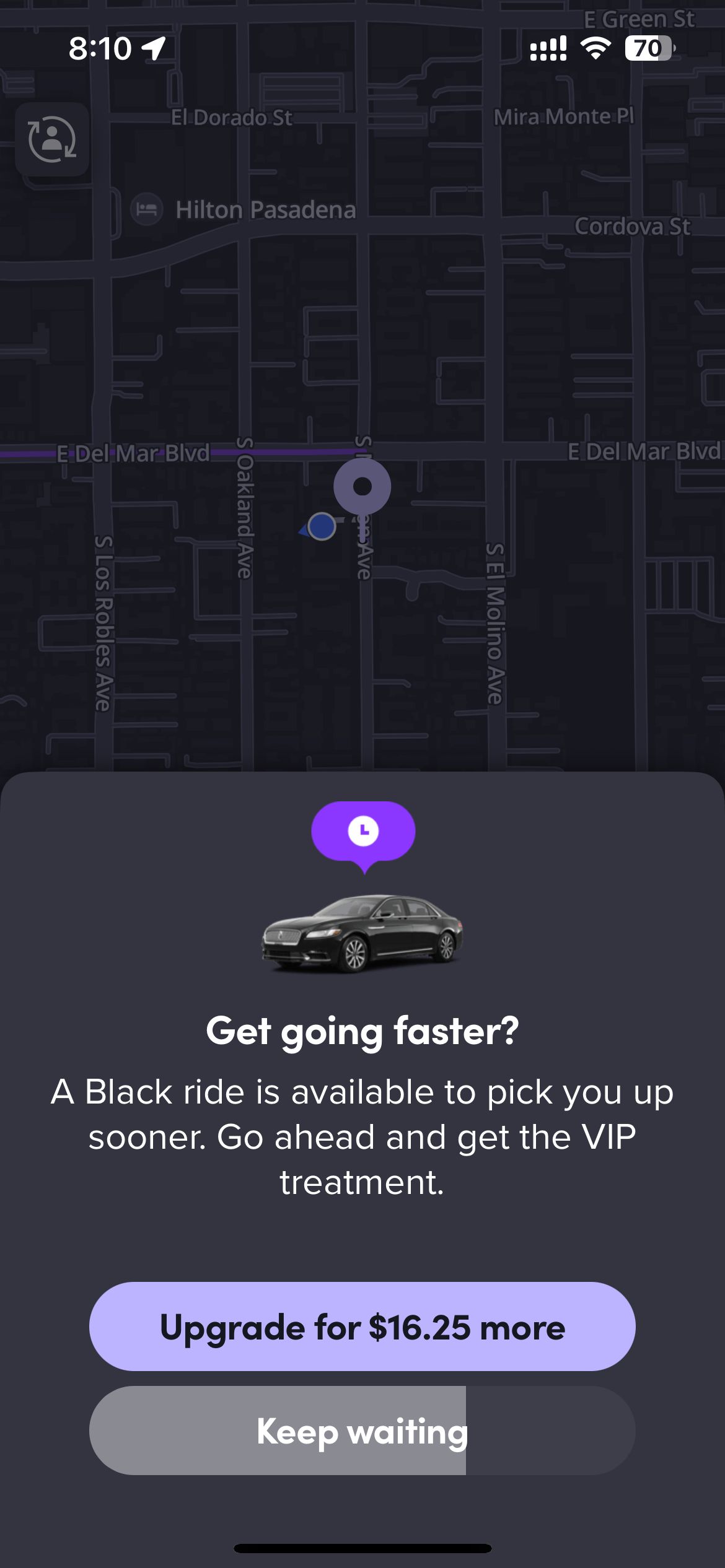This week I was moving out of my apartment.
Not just across town — across the country. And it was chaos.
It still is, honestly — I’m writing this from a hotel 30 minutes outside Bryce Canyon.
I had two days to pack everything, sell furniture, throw things out, and somehow make it all fit.
On Wednesday, I was packing from sunup to sundown.
That night, my friends invited me to a farewell dinner. I was late. Exhausted. Not in the mood. Definitely not in the mood to buy anything.
But something made me pay twice as much for the exact same thing I always use.
Not because it was “premium.”
Not because I wanted a better version.
But because — for once — it promised exactly what I needed, at exactly the right time.
Egocentric Discounting
It’s a behavioral pattern where people undervalue information that doesn’t reflect their goals, their language, or their frame of reference.
So when your upsell says:
“Upgrade to get advanced project tracking,”
the user thinks:
“I don’t care about ‘advanced’ — I just want to hit my launch deadline.”
You’re speaking your terms. Not theirs.
And their brain tunes it out.
That’s how the value gap happens.
Not because the product isn’t useful.
But because the way you describe it doesn’t match what they’re trying to do.

How we are making it worse by trying to make it better
The teams often frame the upsell and upgrade around what they built — not what the user wants.
“Unlock advanced tools.”
“Upgrade to Pro.”
“Get access to everything.”
But users don’t think in features.
They think in outcomes.
And when the language doesn’t match their mental frame — when it doesn’t speak their words — they discount it.
That’s egocentric discounting in action: if it doesn’t feel like it’s for me, it might as well be for no one.
Here’s a move you can steal from Lyft to make it right
The fix is to flip the language from your feature list to their result.
That’s what worked on me this week.
I wasn’t sold on “premium.” I didn’t care about a fancier version of the same ride.
The screen showed me one line that mattered:
“Get going faster? A ride can pick you up sooner. Upgrade for $16.25 more.”
It didn’t promise an “enhanced experience.”
It promised the one outcome I cared about in that moment: making it to see my friends before leaving the city.
That’s value translation. Not features, not fluff — just putting the product in my words.

3 steps to break this pattern next week
Rewrite in user language. Swap “advanced analytics” for “know what’s working in seconds.”
Anchor to outcomes. Every upsell line should finish the sentence: “so you can…”
Insert at the moment of need. Don’t show “more features” at signup. Show “get your launch live” when they’re about to hit publish.

If you forget everything, remember this:
Users don’t buy features. They buy the story where your product gets them what they already want.

